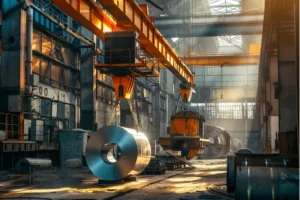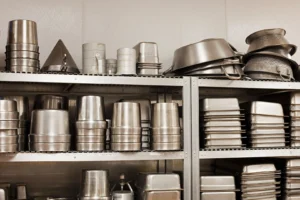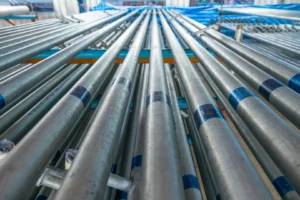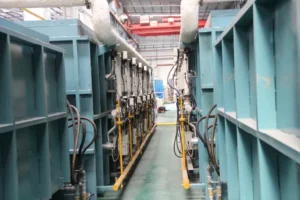Main Stainless Steel Grades and Grades Chart: A Quick Guide for Sourcing
Sourcing the right stainless steel is complex. Wrong choices lead to costly failures. A grades chart is your strategic guide to making the perfect material selection every time.
A stainless steel grades chart is a strategic tool that simplifies sourcing by providing a clear, comparative overview of different grades' properties, compositions, and applications. It enables quick, informed decisions, ensuring optimal performance and cost-efficiency for your specific project needs.
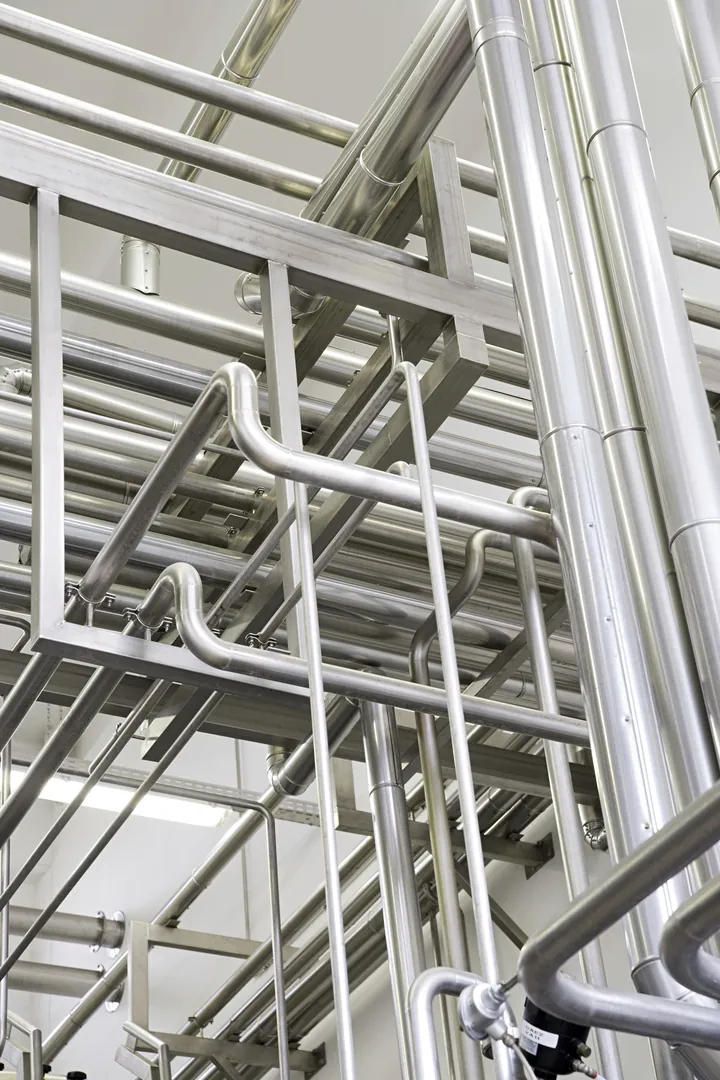
As the Global Business Director at MFY, I've seen firsthand how a small detail in material selection can make or break a multi-million dollar project. The world of stainless steel is vast, but navigating it doesn't have to be a challenge. The key is understanding the main grades and using a comprehensive chart as your guide. This quick guide is designed to do just that—transform a complex decision into a clear, strategic advantage for your business. Let's dive into the fundamentals that will empower your sourcing process.
What are the main stainless steel grades used in the industry?
The sheer number of grades can be overwhelming. Choosing blindly risks project failure. We focus on the four main families: austenitic[^1], ferritic, martensitic, and duplex[^2] for clarity.
The primary stainless steel families are austenitic (like 304, 316), ferritic (like 430), martensitic (like 420), and duplex (like 2205). Each family offers distinct properties based on its crystalline structure and chemical composition, tailored for different industrial applications.
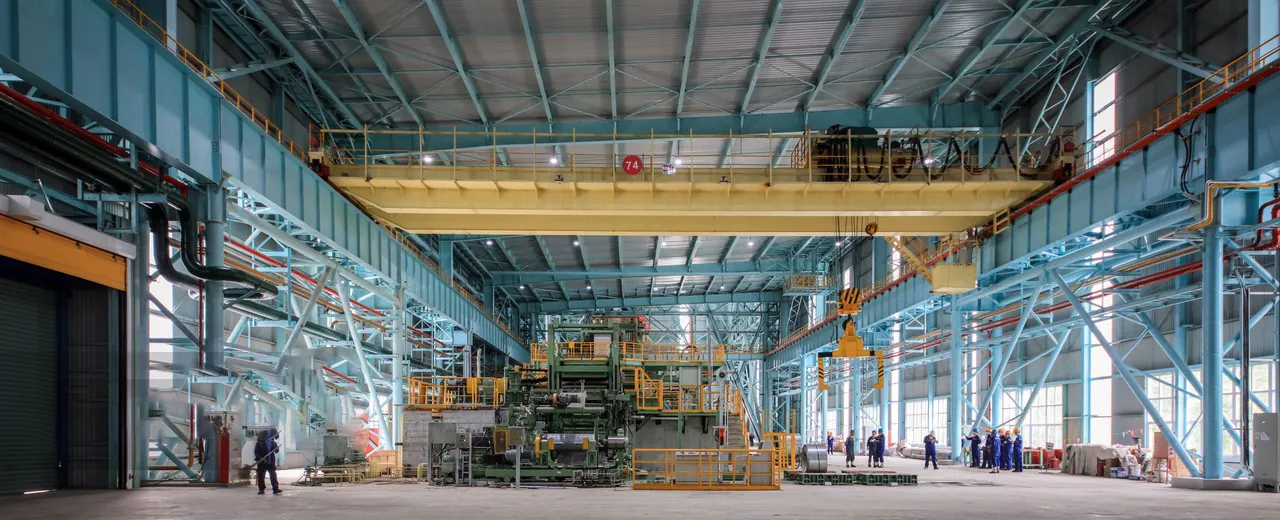
At MFY, we deal with these material families every single day. Think of them not just as metals, but as solutions engineered for specific problems. The differences between them are fundamental, stemming from their microscopic crystal structure, which is determined by their chemical composition—primarily the balance of chromium and nickel. I remember a client in Germany who was manufacturing food processing equipment and initially requested a generic "stainless steel." By walking them through these families, we identified that the high corrosion resistance[^3] and hygiene of the 300-series austenitic grade was non-negotiable for their application, preventing a potentially disastrous material failure down the line.
Austenitic (300 Series)
This is the most common family, making up over 70% of stainless steel production. Grades like 304 and 316 are the workhorses of the industry. Their high chromium and nickel content gives them excellent corrosion resistance and formability. They are non-magnetic and are ideal for everything from kitchen sinks to chemical storage tanks.
Ferritic (400 Series)
These grades, like 430, have lower carbon content and are magnetic. They contain chromium but little to no nickel, which makes them more cost-effective than austenitic grades. While their corrosion resistance is moderate, they are great for applications where cost is a major driver and the environment isn't overly corrosive, such as in automotive exhaust systems and decorative trim.
Martensitic (400 Series)
Grades like 410 and 420 are known for their exceptional strength and hardness. Like ferritic steels, they are magnetic. This hardness is achieved through heat treatment, making them perfect for applications requiring high mechanical strength, such as cutlery, surgical instruments, and industrial blades.
Duplex
As the name suggests, duplex stainless steels[^4] have a mixed microstructure of austenite and ferrite. This combination gives them the best of both worlds: the high strength of martensitic grades and the superior corrosion resistance of austenitic grades. A grade like 2205 is increasingly used in demanding environments like marine applications and chemical processing plants.
| Family | Key Grades | Main Properties | Common Applications |
|---|---|---|---|
| Austenitic | 304, 316 | Excellent corrosion resistance, formability | Food equipment, chemical tanks |
| Ferritic | 430, 409 | Cost-effective, good ductility, magnetic | Automotive exhaust, appliances |
| Martensitic | 410, 420 | High strength, hardness, wear resistance | Knives, surgical tools, valves |
| Duplex | 2205, 2507 | High strength, excellent corrosion resistance | Marine, oil & gas, chemical |
How do different stainless steel grades compare in terms of properties?
Not all stainless steel is equal. Misunderstanding properties leads to performance issues. We'll compare key characteristics like corrosion resistance, strength, and formability to guide your choice.
Stainless steel grades are compared based on corrosion resistance, mechanical strength, formability, and cost. Austenitic grades excel in corrosion resistance and formability, while martensitic grades offer high strength and hardness. Ferritic grades are cost-effective, and duplex grades provide a balanced mix.

When you look at a grades chart, you are essentially looking at a map of trade-offs. You can't have maximum strength, maximum corrosion resistance, and minimum cost all in one material. The art of smart sourcing is finding the optimal balance for your specific needs. This is where a deep understanding of the core properties becomes a competitive advantage. The variability in chromium and nickel content directly correlates to these properties. More chromium generally means better corrosion resistance. More carbon allows for hardening, increasing strength but often reducing toughness.
Corrosion Resistance
This is often the primary reason for choosing stainless steel. The chromium in the alloy forms a passive, invisible layer of chromium oxide on the surface that protects it from rust and corrosion. Austenitic grades, especially 316 with its added molybdenum, offer the best resistance, making them suitable for marine and chemical environments. Duplex steels are even better, resisting specific types of corrosion like chloride stress cracking[^5]. Ferritic and martensitic grades have good resistance in mild atmospheric conditions but are not suited for harsh environments.
Mechanical Strength
For structural applications or parts that endure high stress, strength is critical. Martensitic steels are the champions here; they can be heat-treated to achieve very high tensile strength[^6] and hardness. Duplex steels are also exceptionally strong, often twice as strong as their austenitic counterparts. Austenitic grades have lower strength but excellent ductility, meaning they can be stretched and formed without breaking.
Cost vs. Performance
Cost is always a factor. The price of stainless steel is heavily influenced by the cost of its alloying elements, particularly nickel. Because austenitic grades have high nickel content, they are typically the most expensive. Ferritic grades, with little to no nickel, are a much more economical option. Your goal is to select the most affordable grade that meets all the necessary performance requirements of your application. Over-specifying—for instance, using a 316 grade where a 430 would suffice—is a common and costly mistake.
What factors influence the choice of stainless steel grade for specific applications?
A great material in the wrong place is a failure. Guesswork is expensive. Key factors like environment, mechanical stress, and budget must guide your grade selection.
The choice of stainless steel grade is influenced by the operating environment (e.g., marine, chemical), required mechanical properties (strength, ductility), fabrication processes (welding, forming), long-term maintenance requirements, and overall project budget. A balanced assessment of these factors is critical.
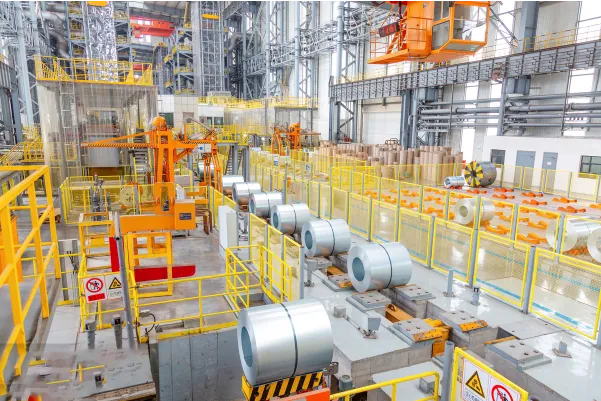
Choosing the right grade is a strategic exercise in risk management. At MFY, we encourage our partners to think beyond the initial price per ton and consider the total lifecycle cost of their product. A slightly more expensive grade upfront can save millions in maintenance, repairs, and replacement costs down the road. This holistic view is crucial for building a resilient and profitable business. I worked with a construction contractor in Southeast Asia who was building coastal infrastructure. They were tempted to use a lower-cost grade to save on initial material expenses. We ran a lifecycle cost analysis[^7] that showed the higher upfront cost of a duplex grade would be offset within five years due to its superior resistance to the saline environment, preventing costly shutdowns and repairs.
Environmental Conditions
The first question you must ask is: where will this product live? Will it be exposed to saltwater, de-icing salts, chemicals, or high temperatures? A marine environment demands a grade with high chloride resistance, like 316L or a duplex grade. An application in a chemical processing plant might require a specialized alloy that can withstand specific acids. For a simple indoor decorative panel, a cost-effective ferritic grade is often more than enough.
Mechanical Demands
What will the part have to do? Does it need to bear a heavy load, withstand impact, or endure repeated stress cycles? A structural beam for a bridge requires high tensile strength, pointing towards a duplex or high-strength austenitic grade. A knife blade needs to hold a sharp edge, making a hard martensitic steel the obvious choice. A deep-drawn kitchen sink needs excellent formability, which is the hallmark of an austenitic 304 grade.
Fabrication and Budget
How will the final product be made? If it requires extensive welding, you need a grade with good weldability, like 304L (the "L" stands for low carbon, which improves welding performance). If cost is the primary driver and performance requirements are moderate, the ferritic family is your best starting point. Balancing the ideal technical solution with the realities of your budget is a critical step in the selection process.
How can a stainless steel grades chart assist in sourcing decisions?
Sifting through data sheets is slow. This inefficiency costs you time and money. A grades chart provides an at-a-glance comparison, accelerating your decision-making process significantly.
A stainless steel grades chart acts as a strategic sourcing tool by consolidating key data—chemical composition, mechanical properties, and common uses—into an easily digestible format. It allows for rapid side-by-side comparisons, helping you quickly identify the most suitable and cost-effective grade.
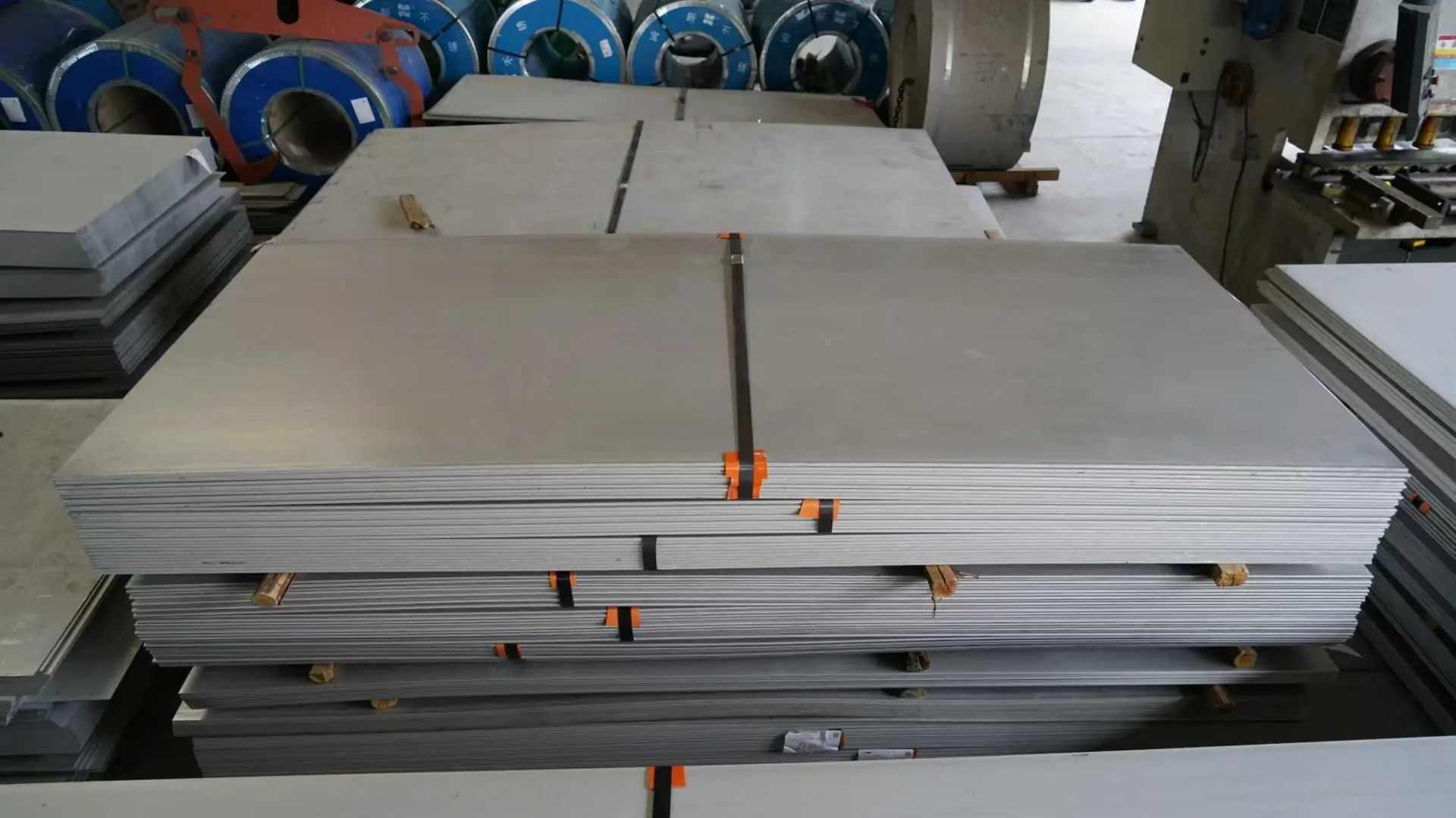
In today's fast-paced market, agility is everything. Sourcing can no longer be a slow, reactive process. This is why we view a comprehensive grades chart not merely as a reference document but as a strategic asset. It empowers your procurement and engineering teams to make faster, more informed decisions, which directly minimizes procurement risks and enhances the resilience of your entire supply chain. It’s about moving from simply buying steel to strategically sourcing a solution.
The Chart as a Strategic Asset
A well-designed grades chart distills vast amounts of technical data into a single, actionable view. Instead of digging through multiple standards and supplier websites, your team can see the critical trade-offs in one place.
- Quickly Shortlist Candidates: Based on your primary requirement (e.g., corrosion resistance), you can instantly identify the top 2-3 grade families to investigate further.
- Identify Cost-Saving Alternatives: The chart might reveal a less common but more cost-effective grade that meets your secondary performance criteria, opening up opportunities for value engineering.
- Standardize Internal Knowledge: It serves as a common language for your engineers, procurement specialists, and suppliers, ensuring everyone is aligned and reducing miscommunication.
Enhancing Supply Chain Resilience
As digital transformation sweeps through our industry, the role of tools like the grades chart evolves. Integrating this data directly into digital procurement platforms can create a powerful, agile sourcing engine. Imagine a system where you input your application's environmental and mechanical needs, and it instantly suggests a primary grade and several viable alternatives from your approved suppliers. This streamlines the sourcing process, allows for rapid response to market price fluctuations, and builds a more robust, adaptable supply chain. At MFY, we are actively developing these digital tools to give our partners a competitive edge.
What recommendations can help in selecting the right stainless steel grade for your needs?
The final choice can still feel daunting. A mistake can be costly. Follow our practical steps and partner with an expert to ensure you get it right.
To select the right grade, first define your application's specific requirements for corrosion resistance and strength. Then, use a grades chart to shortlist candidates. Finally, consult with a material expert like MFY to validate your choice and optimize for cost and availability.
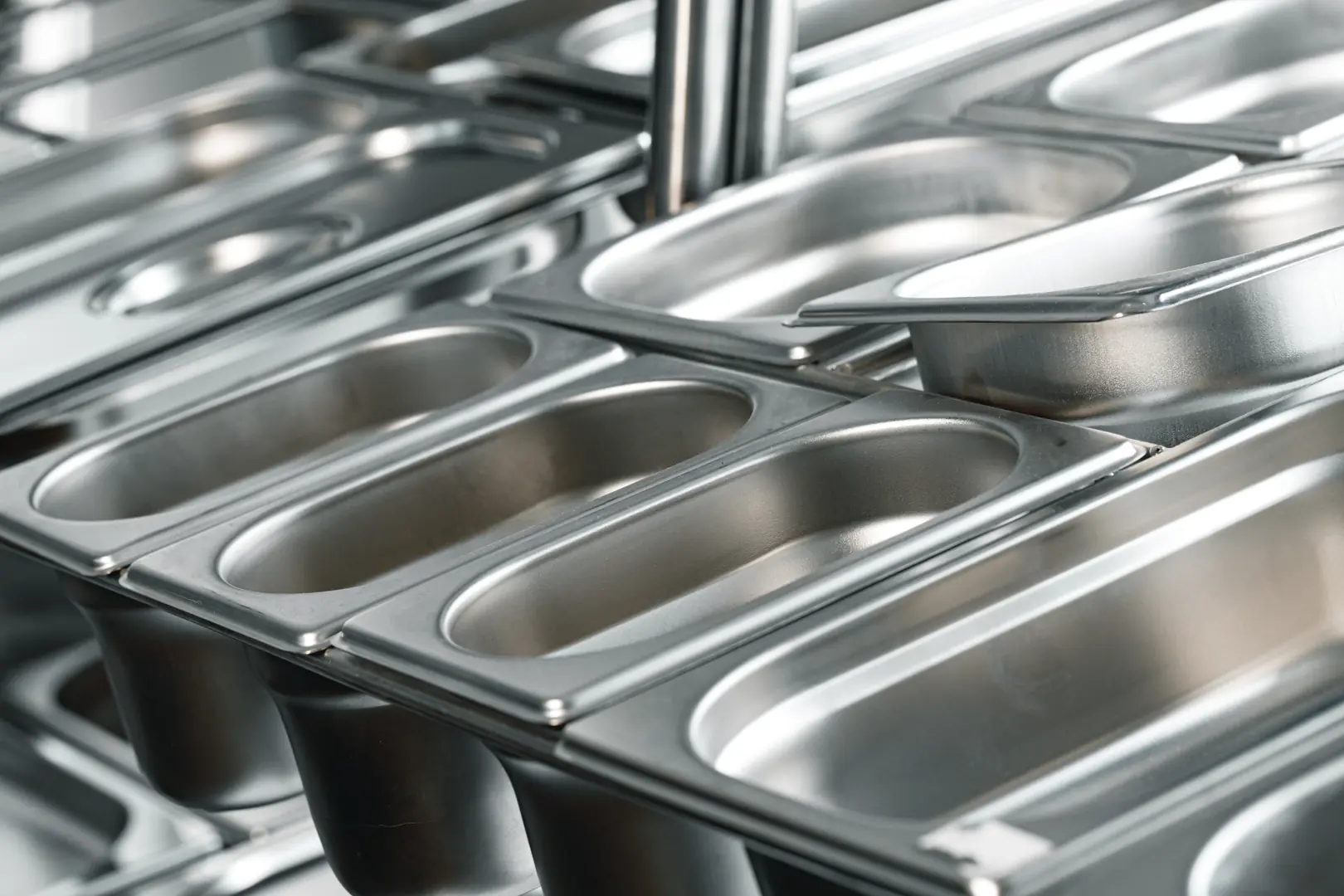
Ultimately, selecting the right stainless steel grade is a blend of science and experience. While charts and data provide the science, an experienced partner provides the invaluable context that prevents costly errors. After years in this business, I can tell you that the most successful projects are born from collaboration. We don't just sell steel; we help our clients build better products by making smarter material choices from the very beginning. This partnership approach is at the core of how we operate at MFY.
Define Your Core Needs
Before you even look at a chart, clearly document the non-negotiable requirements for your application. What is the absolute minimum level of corrosion resistance you need? What are the load-bearing requirements? What is your target budget? Answering these questions first will prevent you from getting lost in the sea of options and keep your search focused and efficient.
Leverage the Grades Chart
With your core needs defined, use a comprehensive grades chart to create a shortlist. Compare your requirements against the properties listed for each grade. Look for the "sweet spot"—the grade that meets all your essential criteria without being over-engineered. This is your primary candidate. Also, identify one or two secondary options that could work. This gives you flexibility in sourcing and negotiation.
Partner with a Supply Chain Expert
This is the most critical step. Share your findings with a trusted material supplier and partner like MFY. We can validate your choice based on our deep market knowledge and manufacturing experience. We might suggest a subtle variation of a grade that offers better weldability or is more readily available in your region, saving you time and money. This collaborative final check is the best insurance against making a poor material decision. Our goal is to ensure your success, because your success is what drives our business forward.
Conclusion
Choosing the right stainless steel grade is a strategic decision, not just a technical one. A comprehensive grades chart is your most valuable tool, empowering you to optimize performance, control costs, and build a more resilient supply chain with confidence.
Have Questions or Need More Information?
Get in touch with us for personalized assistance and expert advice.



